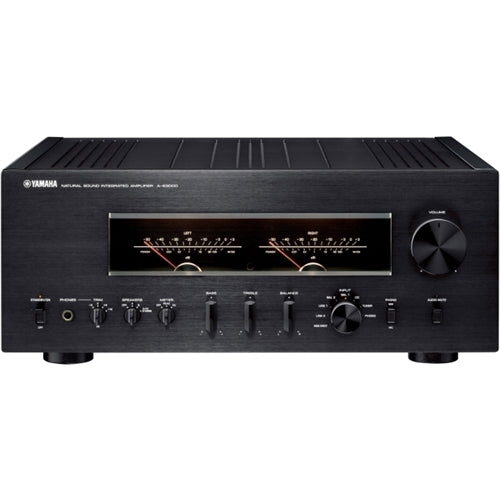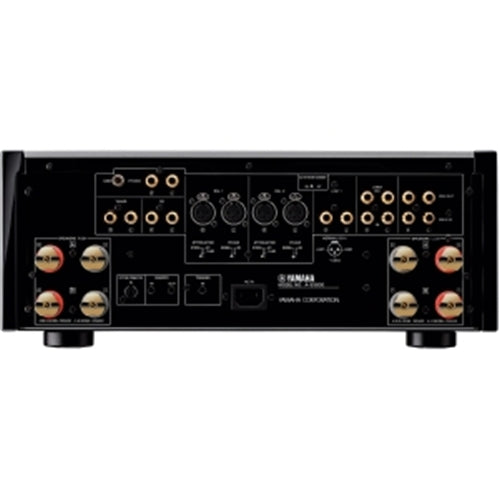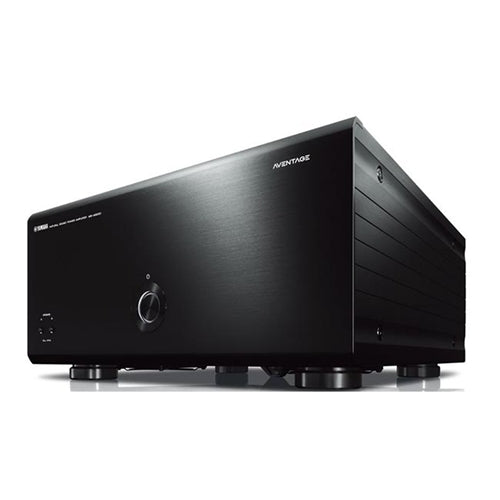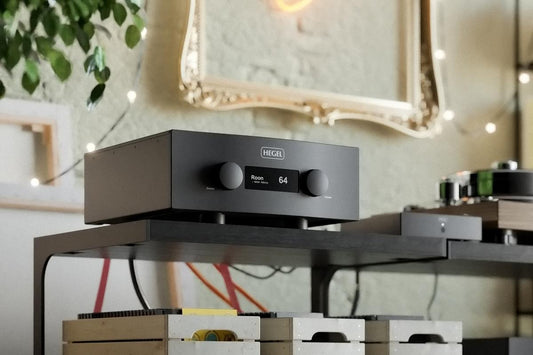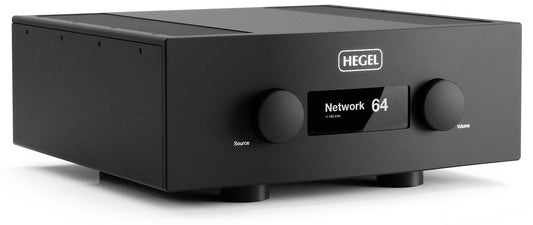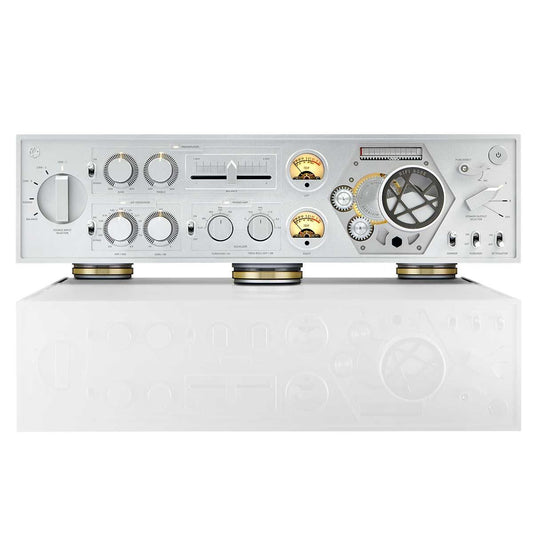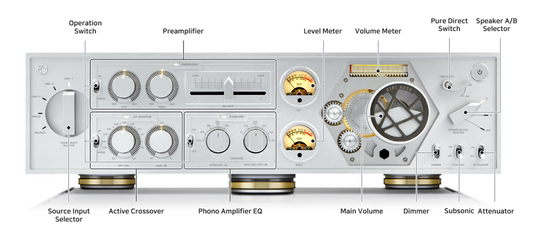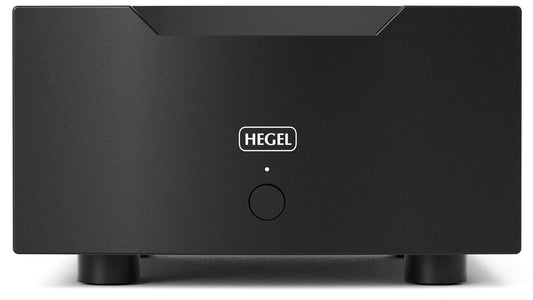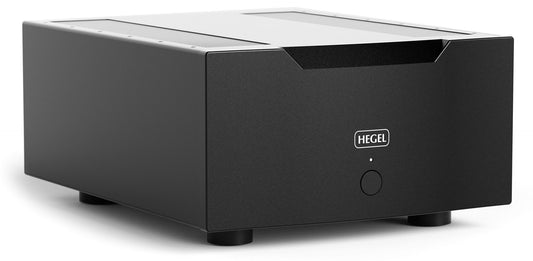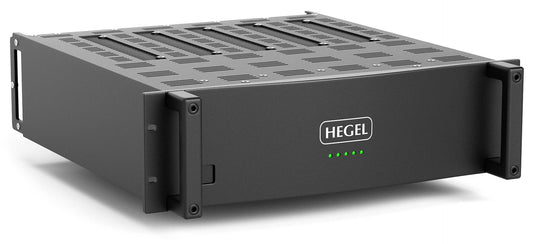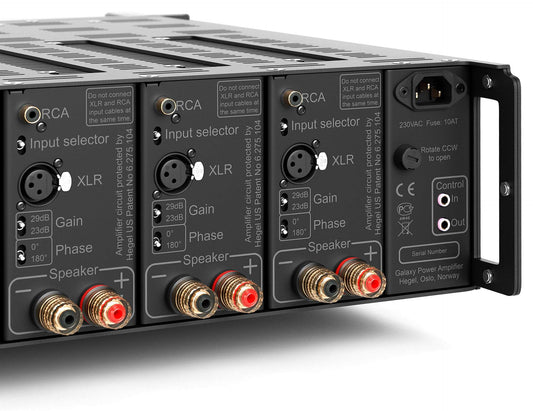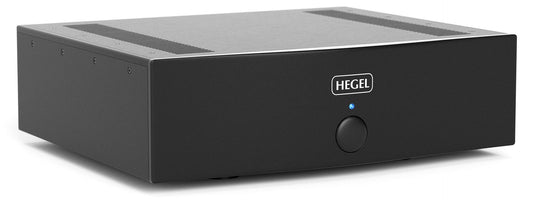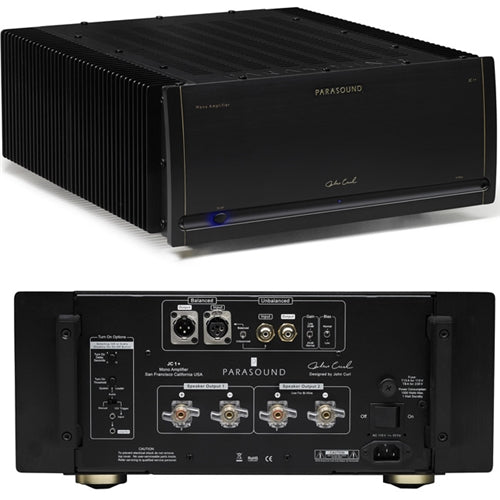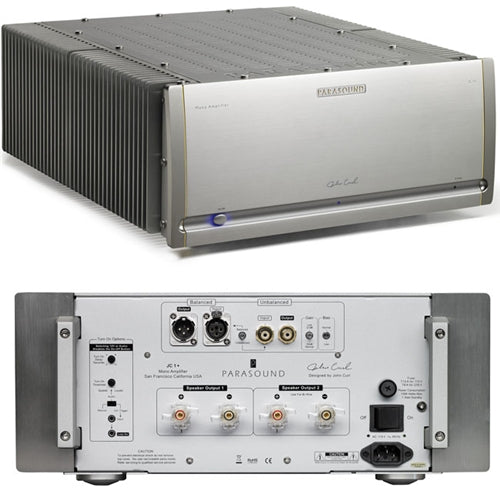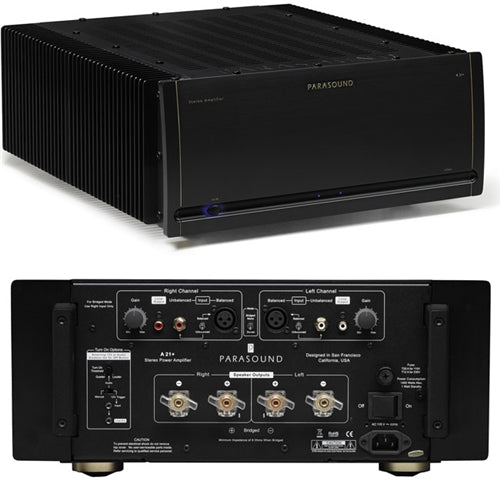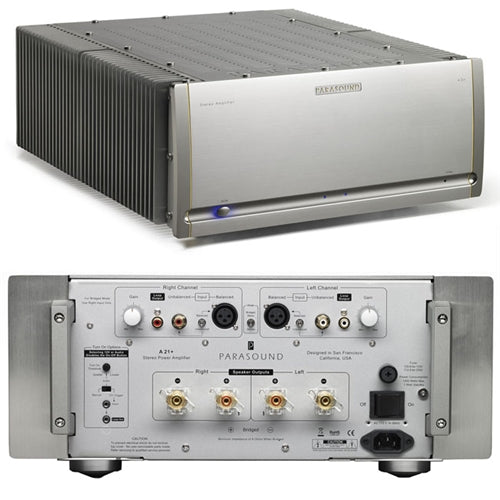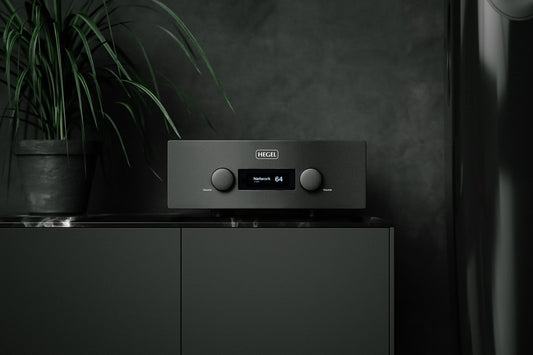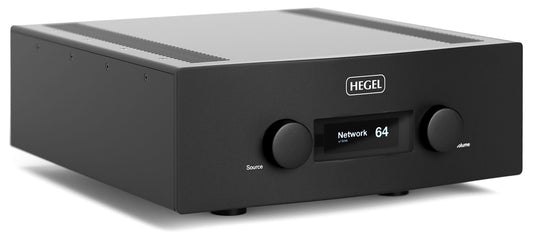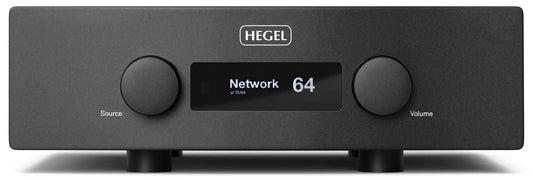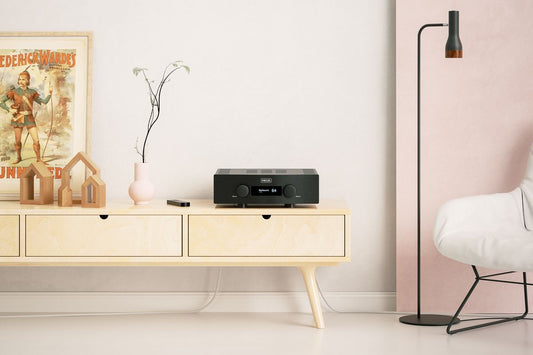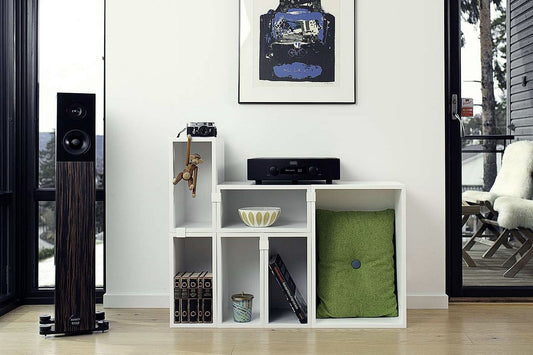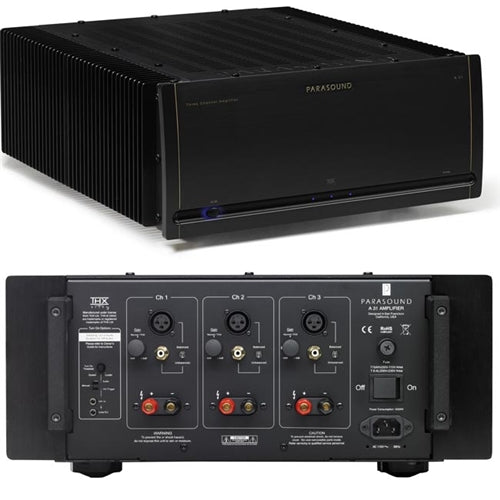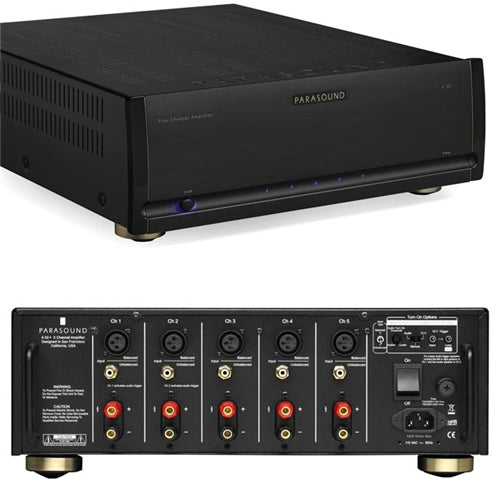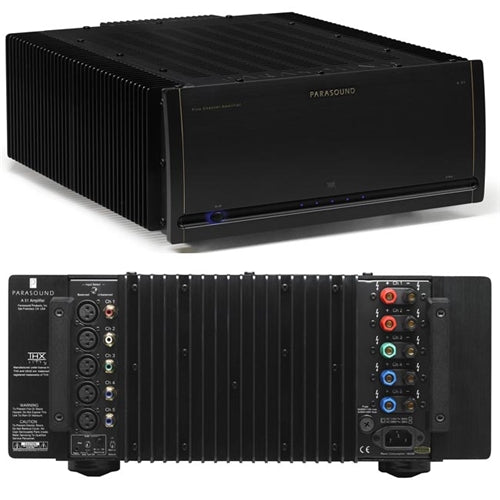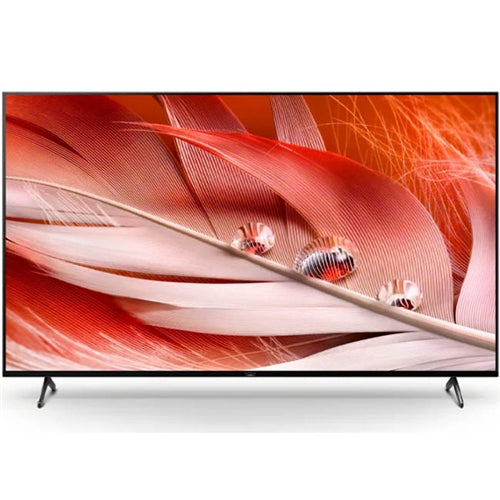Enhance Your Home Theater Sound with Audio Amplifiers
Audio Amplifiers: The Heart of Your Home Theater System
Audio amplifiers, amps or stereo receivers are essential sound system components in any home theater system that aid in producing clear and powerful audio. Whether you're a novice listener or music lover, understanding the best amps and their different functions is crucial. Be sure to explore the type of amps and speakers, high-performing features and why they are essential for your stereo or home theater system.
What is an Audio Amplifier?
When it comes to an audio amplifier, often referred to as an amp, its role is to increase the power of audio signals to a level suitable for driving loudspeakers. This home audio amplifier essentially weakens an audio signal with its circuit and makes it stronger without significantly altering its characteristics, ensuring that the overall sound is louder. When using multiple devices at once, speaker receivers are essential to ensure that the volume from each is uniform and balanced. With the use of an audio amplifier circuit, this electronic component is crucial for delivering high-quality sound in any home theater system.
Explore Our Top Picks of Audio Amplifiers
The best amp for stereo systems is one that integrates seamlessly within your home theater system. Explore all audio amplifiers that come in various types, each designed to meet specific needs and preferences:
Power Amplifiers
Power amplifiers boost the strength of an audio signal so it can enhance devices like speakers, headphones, and transmitters. Unlike other types of audio amplifiers, it directly powers these devices and is the last stage in the amplification process. These audio power amplifiers are dedicated to producing substantial sound output and don’t typically include additional features like volume control or input selection, focusing solely on amplification. Power amplifiers are great for music lovers who want to pair them with a preamp or an audio source that already includes volume control and other functionalities.
Integrated Amplifiers
Integrated amplifiers combine the functions of a power amplifier and a preamplifier in one component. Both digital audio amplifiers allow you to control volume, select inputs, and sometimes adjust tone settings. Integrated amplifiers are popular in home theater systems due to their balance of simplicity and high performance. Be sure to check out some of our favorite amps such as the Hegel amplifiers that provide a wide and deep soundstage with dynamic range and tremendous bass control.
Multi-Channel Audio Amplifiers
A multi-channel amp for stereo systems is ideal for home theater systems given their various channels to drive a surround sound speaker setup. Unlike two channel amplifiers, these audio receivers typically include five, seven, or more channels, corresponding to the various speakers in a home theater system (front, center, surround, and more for subwoofers or loudspeakers). The advantage of multi-channel audio amplifiers is that it ensures each speaker receives the appropriate power for a balanced and immersive audio experience.
Bluetooth Audio Amplifiers
Bluetooth amplifiers are ideal components that allow users to stream audio directly from their smartphones, tablets, or other Bluetooth-enabled devices. One of the best amp features is its convenience, making it quick to enjoy music without the need for physical connections. What’s more: bluetooth audio amplifiers often combine the benefits of integrated amplifiers with wireless streaming capabilities.
Explore All Features to Find the Best Amp For Your Home
When choosing an audio amplifier, consider which features are most important to you and will provide the best performance and value:
Power Output:
The power output of an amplifier, measured in watts, indicates how much these watt amplifiers can deliver to your speakers. Higher wattage generally means louder and more dynamic sound, but it's important to match the watt amplifier power with the speaker’s power to avoid damage.
Impedance Ratings:
Amps and speakers have impedance ratings, measured in ohms. Be sure that the impedance of your amp matches the speakers' impedance for optimal performance.
THD (Total Harmonic Distortion):
Find an audio amplifier that has a lower THD value which creates a cleaner and more accurate sound.
Signal-to-Noise Ratio (SNR):
An audio amplifier with a higher SNR value is ideal given that it produces less background noise and clearer sound.
Multi-Faceted Connectivity:
Amplifiers come with various input and output options, including RCA, XLR, optical, and Bluetooth. These options determine how you can connect your amplifier to different audio sources and speakers.
Tone Controls and EQ:
Some audio amplifiers include tone controls or equalization (EQ) settings, allowing users to adjust bass, midrange, and treble frequencies to suit their preferences and room acoustics.
How Audio Amplifiers Work Seamlessly with Stereo Receivers
Stereo receivers are amplifiers that include a radio tuner, preamp, and power amplifier in one unit. When paired with separate amplifiers, stereo receivers serve as control centers, managing audio sources, volume, and other home theater settings, while audio amplifiers drive power to speakers.

